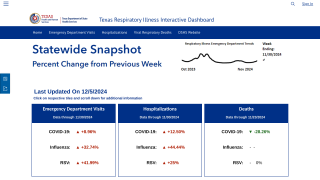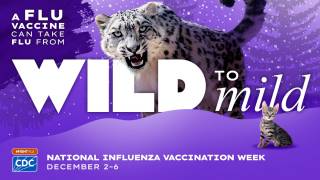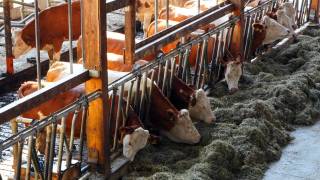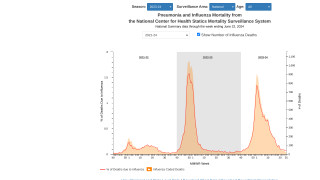WHO Influenza News: March 6, 2019

According to new information from the World Health Organization (WHO), seasonal influenza A viruses have accounted for the majority of seasonal flu detections around the world.
The WHO’s update #336 is based on data from 115 countries, areas or territories for the time period from February 4, 2019, to February 17, 2019. The WHO’s laboratories tested more than 220,347 specimens during that time period.
Of the samples tested, 74,302 were positive for influenza viruses, of which 98.6 percent were typed as influenza A and 1.4 percent as influenza B.
Of the sub-typed influenza A viruses, 65.2 percent were influenza A(H1N1 and 34.8 percent were influenza A(H3N2).
Of the characterized B viruses, 26.2 percent belonged to the B-Yamagata lineage and 73.8 percent to the B-Victoria lineage.
In the temperate zone of the Northern Hemisphere, the WHO reports influenza activity continued to increase:
- In Europe, influenza activity remained elevated across the continent and was reported as widespread in most of the countries. Influenza A viruses co-circulated.
- In North Africa, influenza activity remained elevated.
- In Western Asia, influenza activity peaked in some countries and increased in other, with all seasonal influenza subtypes co-circulating.
- In East Asia, influenza activity appeared to decrease overall, with influenza A(H1N1) virus predominating.
- In Southern Asia, influenza activity remained elevated overall with influenza A viruses predominating.
In the Pan American Health Organization (PAHO) region of the WHO, the seasonal flu trend data are for EW #7, was published on February 27, 2019:
- North America: Overall, influenza activity decreased in Canada and increased in the United States, influenza A(H1N1) continues to be the most common influenza virus circulating. The CDC weekly report was published on March 1, 2019.
- In Mexico, influenza-associated SARI/ILI activity decreased with a predominance of influenza A(H1N1).
- Caribbean: Influenza virus activity decreased in the subregion. In Jamaica, influenza detection continues to increase with influenza A circulating. ILI consultations increased in some French Territories; in Saint Lucia, the number of ILI cases increased among children <5 years of age and surpassed the seasonal threshold.
- Central America: Epidemiological indicators remained at moderate levels and influenza activity was low throughout the sub-region with influenza A(H1N1). In Guatemala and Cota Rica, influenza activity continue to increase with influenza A (H1N1) predominance.
- In the Central American subregion, RSV activity decreased; while in El Salvador, RSV activity increased.
- Andean Region: Continue influenza activity decreasing in the sub-region with influenza A(H3N2) predominance and moderate SARI activity. In Bolivia RSV sharply increased in recent weeks.
- Brazil and Southern Cone: Influenza activity was low throughout the sub-region with influenza A predominance. Paraguay reported increased ILI counts. RSV activity remained low in the subregion.
- In the temperate zones of the Southern Hemisphere, influenza activity remained at inter-seasonal levels, with the exception of some parts of Australia where influenza activity remained above inter-seasonal levels.
The WHO Consultation and Information Meeting on the Composition of Influenza Virus Vaccines for use in the 2019-2020 Northern Hemisphere Influenza Season was held on 18-21 February 2019.
The WHO has recommended that egg-based quadrivalent vaccines contain the following:
- an A/Brisbane/02/2018 (H1N1)pdm09 - like virus
- an A(H3N2) virus to be announced on 21 March 2019*
- a B/Colorado/06/2017- like virus (B/Victoria/2/87 lineage)
- a B/Phuket/3073/2013 - like virus (B/Yamagata/16/88 lineage)
The WHO also recommended that the influenza B virus component of trivalent vaccines for use in the 2019-2020 northern hemisphere influenza season be a B/Colorado/06/2017-like virus of the B/Victoria/2/87-lineage.
The current vaccine recommendation for the 2019-2020 Northern Hemisphere Influenza Season can be consulted at this link.
Vaccines, like any medication, can cause side effects, which should be reported to local health departments.
Our Trust Standards: Medical Advisory Committee
























